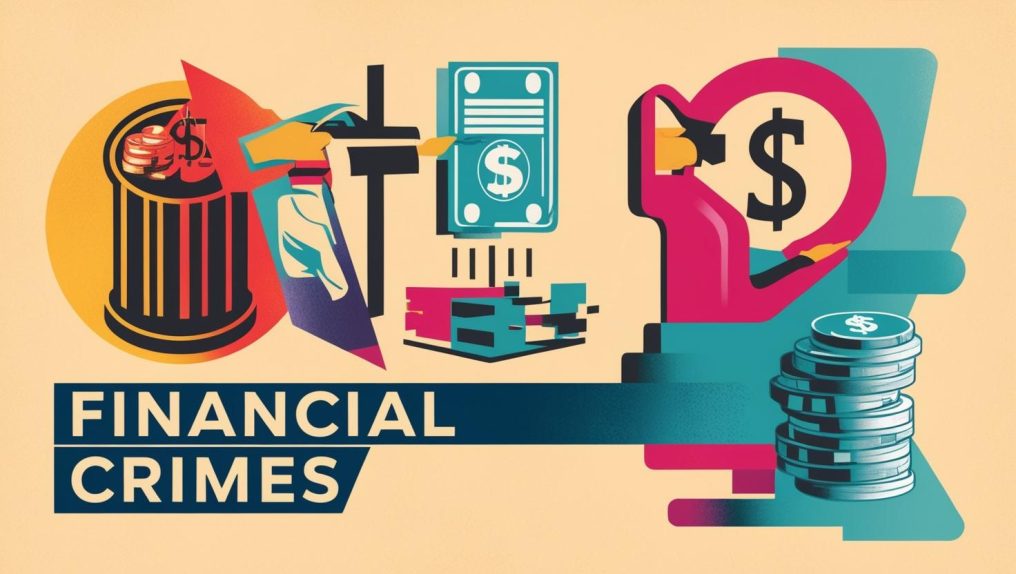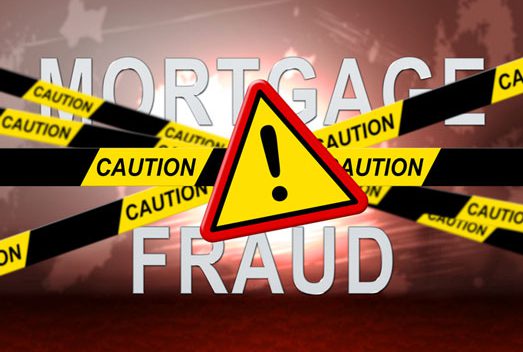The buzz is in the air with more questions than answers. FinCEN published its Final Anti-Money Laundering Regulations for Residential Real Estate Transfers on August 28, 2024 (“Final Rule”), throwing the entire real estate industry into a state of high anxiety. What does it all mean? How do we meet its requirements? Will the expense of compliance be a financial …
Good Cop/Bad Cop
There is the “good cop/bad cop” way to close a sale, as well as the “similar situation close.” You need not use any of these methods of closing, but knowing about them can’t hurt.
Would You Get Chocolate or Vanilla?
You can use a “tie-down close and/or an “assumptive close” effectively in almost any sale you pursue. Even a 6-year-old can do it.
If Something Doesn’t Smell Right, It’s Probably Not
It may seem like “Title Insurance 101” – but small mistakes can be signs of fraud or misuse of funds or outright intentional undoing of a clear road to closing on a real estate deal. It may seem like “Title Insurance 101” – but small mistakes can be signs of fraud or misuse of funds or outright intentional undoing of …
Wire Fraud, Appraisals and Fraud
No one wants to learn that fraud or misuse of funds or fraudulent transfers happened once a closing is complete, yet those events can be part of real estate closing worlds. Appraisals can also prove to be undependable, as parties involved can have less-than-legitimate agendas. Download Our Fraud Detection Guide for Agents Who wants to learn of a crooked contract …
Business Email Compromise/Email Account Compromise – Part 2
(It’s a lot to say – SupercaliFRAUDulisticexpialidocious) Email can be sinister. It can encourage changes (not authorized, not legitimate), it can “warn” recipients of dire circumstances if instructions are not followed, it can be shaped and branded to look like an institution all parties are familiar with, and it can assist in fraud that involves any number of untoward outcomes …
Flagging Fraud (Part 1): Know These Indicators of Transaction Fraud
Every year the U.S. government comes out with a growing list of warnings on cyber fraud, real estate fraud, email fraud – the list goes on. Some warnings are common sense: delete suspicious-looking emails, don’t give away banking information or social security numbers, never wire anyone money without triple checking – and then checking again. We’re committed to ensuring that …
Increased Risk Means We Need to Increase Training
Threats are constantly evolving and your training and testing must also evolve to counter these threats and keep your defense robust. A cyberattack is a malicious and deliberate attempt by and individual or an organization to breach the information system of another individual or company, seeking benefit from the disruption, ransom, or theft of data. This electronic threat is increasing …
- Page 1 of 2
- 1
- 2












